Dairy Sector Challenges
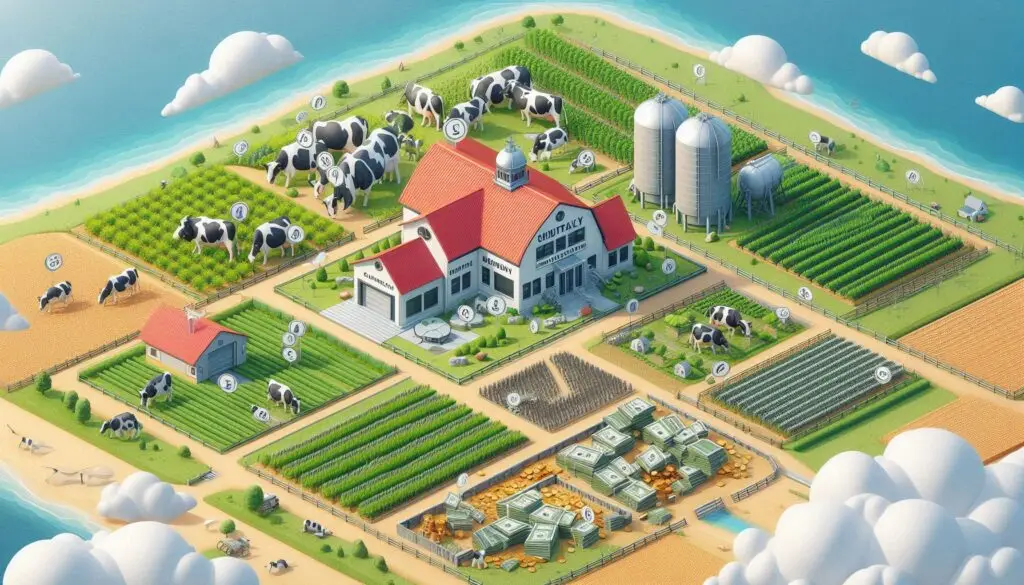
Introduction
The dairy industry plays a crucial role in global agriculture. It provides essential nutrition and livelihood for millions. However, many aspiring entrepreneurs hesitate to enter this sector. They face numerous challenges that can make starting a dairy business daunting. This article explores these constraints in detail.
Financial Constraints
Access to Capital
One of the most significant barriers for new entrants in the dairy sector is access to capital. Many entrepreneurs struggle to secure funding through traditional banks. According to a report by the World Bank, agricultural financing is often limited, especially for small-scale farmers. This situation forces many to rely on informal loans, which can carry high-interest rates.
High Operational Costs
Starting a dairy business involves substantial initial investment. Entrepreneurs must consider costs related to purchasing livestock, equipment, and feed. Additionally, ongoing expenses like veterinary care and labor can strain finances. The Food and Agriculture Organization (FAO) highlights that rising input prices can significantly affect profitability.
Infrastructure Challenges
Cold Chain and Supply Chain Issues
The dairy industry requires a robust cold chain to maintain product quality. Unfortunately, many regions lack adequate cold storage facilities. This deficiency leads to spoilage and waste, discouraging potential entrepreneurs. According to the International Dairy Federation, effective supply chain management is vital for success in this sector.
Fragmented Supply Chains
Many dairy markets suffer from fragmented supply chains. This fragmentation complicates procurement and distribution processes. New entrepreneurs often find it challenging to establish reliable operations due to these inefficiencies. The United Nations Industrial Development Organization (UNIDO) emphasizes the need for integrated supply chains to enhance productivity.
Market Dynamics
Low Productivity
Despite being one of the largest milk producers globally, India’s dairy sector exhibits low productivity per animal compared to international standards. The National Dairy Development Board (NDDB) reports that improving productivity is essential for increasing profitability in the sector.
Price Sensitivity
The dairy market is highly sensitive to price fluctuations. Small changes in consumer demand or income can significantly impact sales. New entrants may find it risky to invest in an industry where prices can vary dramatically over short periods.
Regulatory and Technical Barriers
Policy Environment
Government policies often favor cooperatives over private enterprises in the dairy sector. This bias can limit opportunities for new businesses. Although recent liberalization efforts have opened the market, navigating regulatory frameworks remains complex. The Ministry of Agriculture & Farmers Welfare provides guidelines but often lacks clarity for new entrants.
Lack of Technical Knowledge
Many entrepreneurs lack access to training on best practices in animal husbandry and disease management. This knowledge gap can hinder operational efficiency and productivity. Organizations like Dairy Australia offer resources but may not be accessible to all aspiring farmers.
Health and Environmental Concerns
Animal Health Issues
Ensuring livestock health is crucial yet challenging due to prevalent diseases and limited veterinary services. Entrepreneurs need to invest in animal health management strategies to sustain production levels effectively.
Competition from Alternatives
The rise of plant-based milk alternatives poses a competitive threat to traditional dairy products. Consumer preferences are shifting toward these alternatives, adding complexity for new dairy businesses trying to establish themselves in a changing market landscape.
Conclusion
Entering the dairy sector presents numerous challenges for entrepreneurs. Financial constraints, infrastructure issues, market dynamics, regulatory barriers, and health concerns all play significant roles in deterring new entrants. Addressing these challenges through targeted policies, improved infrastructure, and access to financing could foster a more conducive environment for growth in this vital industry.
More from Livestock Production and Management:
https://wiseias.com/feeding-goats-for-milk-production/
https://wiseias.com/feeding-pregnant-ewes/
https://wiseias.com/feeding-managing-livestock-natural-disasters/

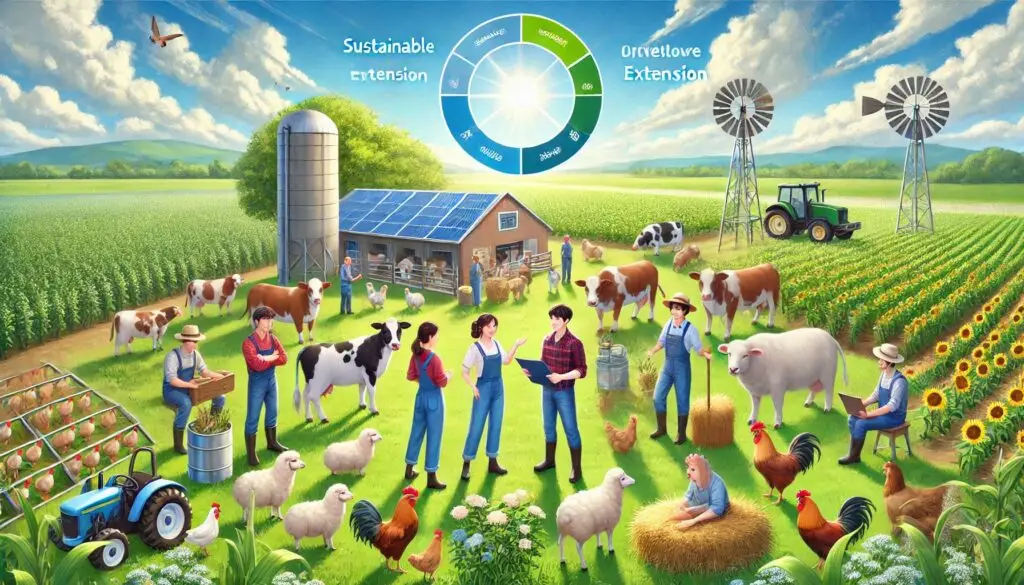

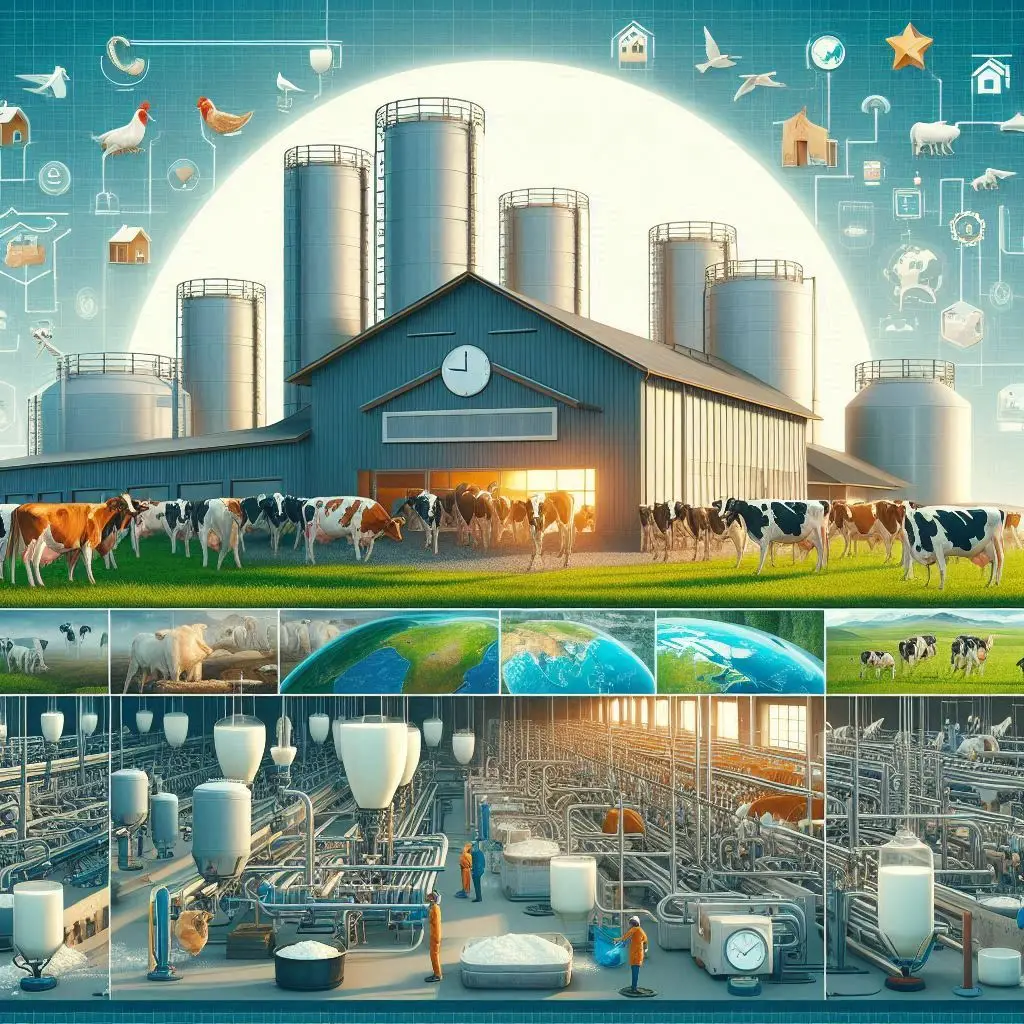
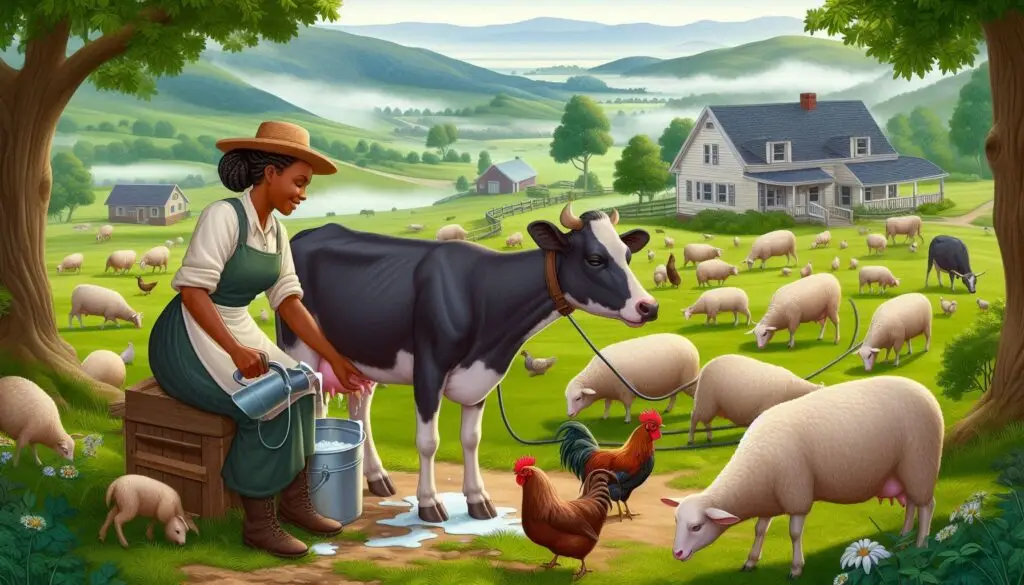
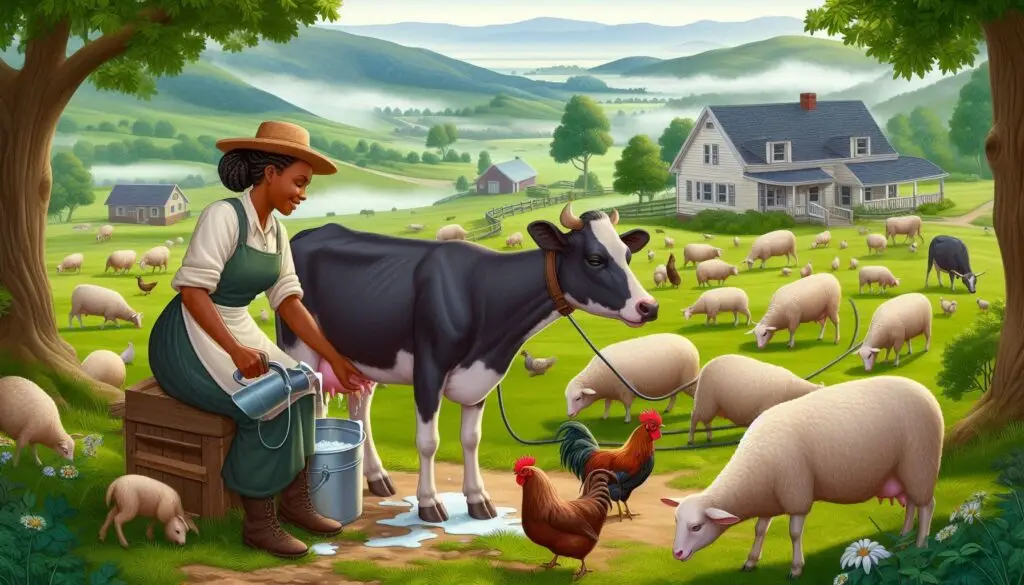
Responses